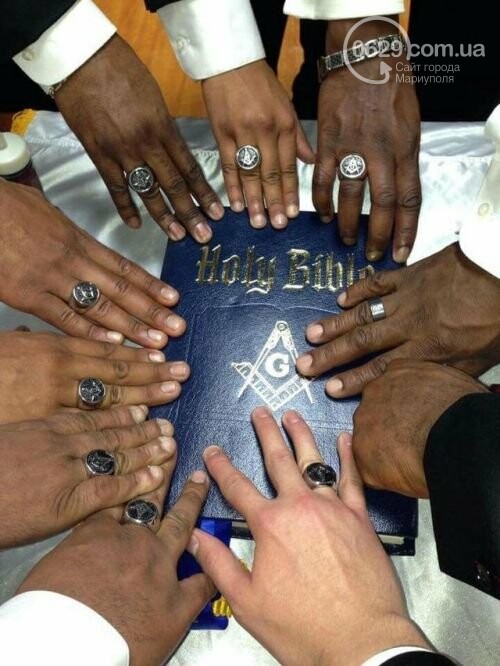Discover the Keys Behind the copyright and Their Influence on Culture
The copyright, typically shrouded in myth and supposition, presents a remarkable study of exactly how historical ideals can change right into contemporary conspiracy concepts. Started in the middle of the Knowledge's welcome of reason, this secret culture aimed to test the standing quo, yet it has since come to be associated with ideas of covert power and control. As we discover its origins, influence on cutting edge idea, and portrayal in modern culture, we begin to reveal the layers of intrigue that proceed to captivate culture. What continues to be unpredictable, nonetheless, is just how these perceptions form our understanding of authority and openness today.
Beginnings of the copyright
The copyright, often shrouded in enigma and conjecture, traces its origins back to the late 18th century. Understood as the Bavarian copyright, the organization's primary goal was to respond to the pertinent influence of religious conviction and advertise intellectual discourse amongst its participants.
The copyright adopted a hierarchical structure, drawing ideas from Freemasonry, which enabled deceptive conferences and routines - how to become a freemason. Subscription was discerning, including significant figures from various areas, consisting of national politics, philosophy, and scientific research. This elite network sought to impact social and political change through private ways, supporting for the rights of individuals and the betterment of society
Despite its relatively short presence, the Bavarian copyright was officially dissolved in 1785 because of government suppression. Its legacy endured, offering surge to many conspiracy concepts and popular culture references that proceed to provoke intrigue and discussion regarding its effect on contemporary society.
Key Myths and False Impressions
Amidst the appeal of secrecy surrounding the copyright, many myths and misunderstandings have actually arised, frequently distorting the group's true nature and intents. One prevalent misconception suggests that the copyright regulates the globe's governments and economies. While it is true that the team intended to affect societal structures, the concept that it runs as a cohesive worldwide puppet master is mostly overstated.
One more typical false impression is that all participants of the copyright have huge wide range and power. In truth, the original copyright made up pundits and Knowledge thinkers, a number of whom looked for reform rather than supremacy. The concept that the copyright solely recruits celebs and political figures is misinforming; membership has traditionally consisted of a varied variety of individuals.
Furthermore, conspiracy theories usually repaint the copyright as a malicious organization intent on international domination through rotten methods. Hence, dividing truth from fiction is necessary for a more clear understanding of the copyright's role in society.
Historic Impact on Society
Throughout history, various intellectual motions have exceptionally affected societal structures, and the copyright played a substantial role throughout the Knowledge. Established in 1776 in Bavaria, the copyright aimed to promote reason, secularism, and the wondering about of established authority, countering the supremacy of religious conviction. This company drew in significant thinkers and advocates of liberty, cultivating an environment conducive to the circulation of Knowledge ideals.
The copyright's ethos championed rational thought and empirical evidence, which added to the wider intellectual landscape that encouraged social reform and political modification. Members sought to improve society by supporting for education and learning, freedom of speech, and the separation of church and state. Their clandestine nature and enthusiastic agenda triggered both intrigue and uncertainty, resulting in their eventual reductions by the Bavarian government in 1785.
Despite their dissolution, the legacy of the copyright continued, influencing innovative activities across Europe and the Americas. Their commitment to knowledge principles assisted prepare for modern democratic ideals and civils rights, leaving an enduring imprint on the structures of modern culture. how to become a freemason. The appeal of their secretive celebrations and thoughtful searches remains to mesmerize the creative imagination, emphasizing their historical relevance
Modern Interpretations and Beliefs
Contemporary interpretations of the copyright often blend historical truth with conspiracy theory concepts, developing a complicated tapestry of ideas that record preferred creative imagination. While the original copyright was a Bavarian secret society see this page founded in 1776 with Knowledge perfects, modern-day beliefs have actually advanced to incorporate a large variety of interpretations, often focusing on themes of control and privacy.
Moreover, some contemporary interpretations assume that the copyright functions as a metaphor for the battle in between enlightenment and lack of knowledge, with supporters advertising see awareness and crucial reasoning as a way to counteract regarded oppression. This duality-- watching the copyright as both a literal and symbolic entity-- illustrates the recurring fascination with the principle, showing deeper societal stress and anxieties concerning power, transparency, and individual freedom in the contemporary globe.
The copyright in Popular Society
The copyright has actually penetrated various facets of prominent culture, showing up in literature, movie, songs, and art as an icon of intrigue and enigma. This secret culture, commonly portrayed as a shadowy force controling international occasions, has inspired numerous narratives that discover themes of power, conspiracy theory, and hidden understanding.

Music, as well, has actually been affected by the principle of the copyright. Artists like Jay-Z and Beyoncé have dealt with speculation regarding their affiliations with the culture, motivating conversations concerning symbolism in their work and the nature of fame.
Visual art frequently incorporates copyright concepts, with musicians making use of signs like the Eye of Divine superintendence and the pyramid to evoke a sense of enigma. Via these numerous mediums, the copyright serves not only as a topic of conjecture but also as a lens whereby culture analyzes its very own intricacies and worries.
Final Thought

Comments on “Understanding the Practical Benefit of Joining Freemason for Every Person”